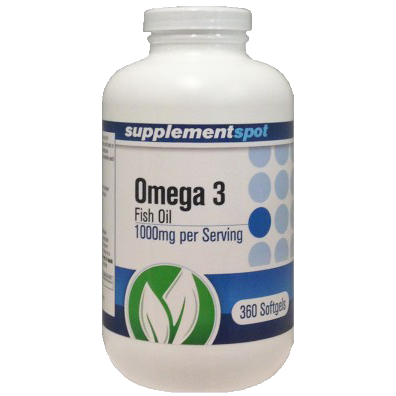Why Eye Creme with CoQ10:
Natural Ingredients is the reason why Jennifer Gibbs, the founder of Du Monde Skin Care and friend of Supplement Spot, learned that there are roughly 13,000 chemicals in the personal care industry, she was shocked. Of the 13,000 chemicals only 200 have been tested by the FDA and only 9 have been banned. 1,300 have been banned by the EU. Jennifer made it a goal to create skin care that is safe and free of parabens, synthetic fragrance, phthalates, sodium lauryl sulfate and sodium laureth sulfate, BHT, ureas, sodium hydroxy methyl gycinate or Suttocide A, which are common in most mainstream beauty products. We are proud to carry her Eye Creme with CoQ10 and we know you will love it.
What’s in Du Monde Eye Creme with CoQ10:
- Yeast – improves circulation, improves tone and texture
- Soy (organic) – reduces dark circles, improves tone and texture, improves circulation
- Mica – reflects light under eye area reducing the appearance of fine lines
- CoQ10 – flights free radicals, fights against UV damage, helps produce collagen, antioxidant (plant derived pharmaceutical & cosmeceutical grade CoQ10)
- Eye Bright – anti-inflammatory
- Ginkgo Biloba – increases blood flow & oxygen to skin
Preservatives We Use and Why
Potassium Sorbate
- Food grade preservative, edible
- Prevents mold
Citric Acid
- Antibacterial, bacteria doesn’t like fruit acid
Phenoxyethanol
- Plant based (many are not)
- Naturally derived
- Stops bacteria growth
- Many other preservatives (even natural ones) release formaldehyde and this one does not
Benzyl Alcohol
- A small amount is used when juicing to stop the growth of bacteria and mold while the fruit juice is waiting to be mixed in
- Added in a cold manner as not to destroy the benefits of the juice and extracts
Preservatives We Do NOT Use and Why
- BHT, Parabens, Sodium Benzoate – linked to cancer, reproductive issues and endocrine disruption
- Germall, Ureas, Sodium Hydroxy Methyl Glycinate (Suttocide A) – release formaldehyde or turn into it over time
- Sodium Laureth Sulfate- potential 1,4 dioxane (a carcinogen) contamination












Reviews
There are no reviews yet.